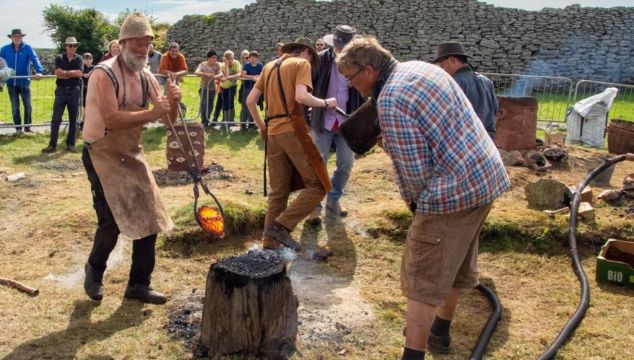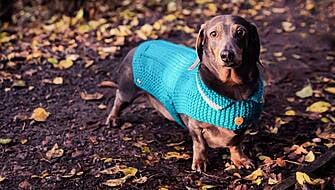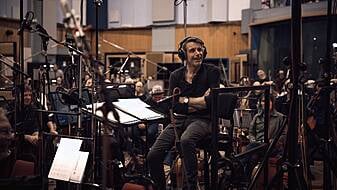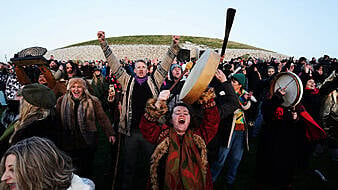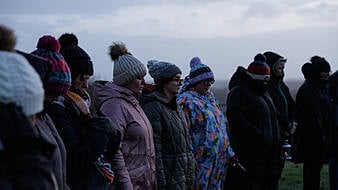More than 50 blacksmiths and traditional iron smelters from across Ireland, the UK, Europe and the USA will participate in a showcase of medieval iron smelting and forging in the Burren, Co Clare.
The second annual Caherconnell International Furnace Festival will see the 1,000-year-old Caherconnell Stone Fort, once home to Gaelic Chieftains, being transformed into an open-air museum as iron is smelted on site before being forged into replicas of arrowheads, knives and belt buckles excavated at the medieval site.
The festival takes place on the weekend of August 26th and 27th.
Experts will provide a running commentary throughout the event, while this year’s family fun weekend also is offering an opportunity for the public to actively learn more about and participate in the smelting process.
Danish iron smelter and blacksmith Jens Jørgen Olesen, who is considered one of Europe's best bloomery iron smelters will host two one-day-courses during which he will teach trainees the skills required to produce their own iron.
The Furnace Festival School also is offering starter courses to people wishing to join a smelting team and learn about making bloomery iron from the iron ore.

Participants can visit the forging area where experienced blacksmiths will be forging the freshly made objects into objects of art and practical use, including replicas of objects found during archaeological excavation at Caherconnell Fort.
On Sunday, school participants also can enjoy a demonstration by acclaimed heritage blacksmith Rowan Taylor, who will be forging a replica of an Irish Iron Age axe from freshly made bloomery iron.
Funded by The Heritage Council, Geological Survey of Ireland (GSI), Fáilte Ireland and Clare County Council, the Caherconnell International Furnace Festival is organised by the Irish Iron Heritage Foundation.
Foundation member and Irish smelting archaeologist, Dr Paul Rondelez said, “We are very excited to bring this unique festival back to Caherconnell where evidence of iron smelting dating back more than 1,000 years has been uncovered in recent years.
"Last year’s event was a huge success, and we are looking forward to once again demonstrating the vital role played by iron in Medieval Ireland from everyday implements and tools to warfare and building.”
The iron being produced at the festival is known as bloomery iron, of which every iron and steel object produced in Ireland between 500 BC and 1500 AD was made.
The iron was used in every sword, arrowhead and battleaxe in the many wars fought during that period, and also was used in the tools used to farm land, build castles, churches, bridges, ships and houses, and to cut the ancient forests.
